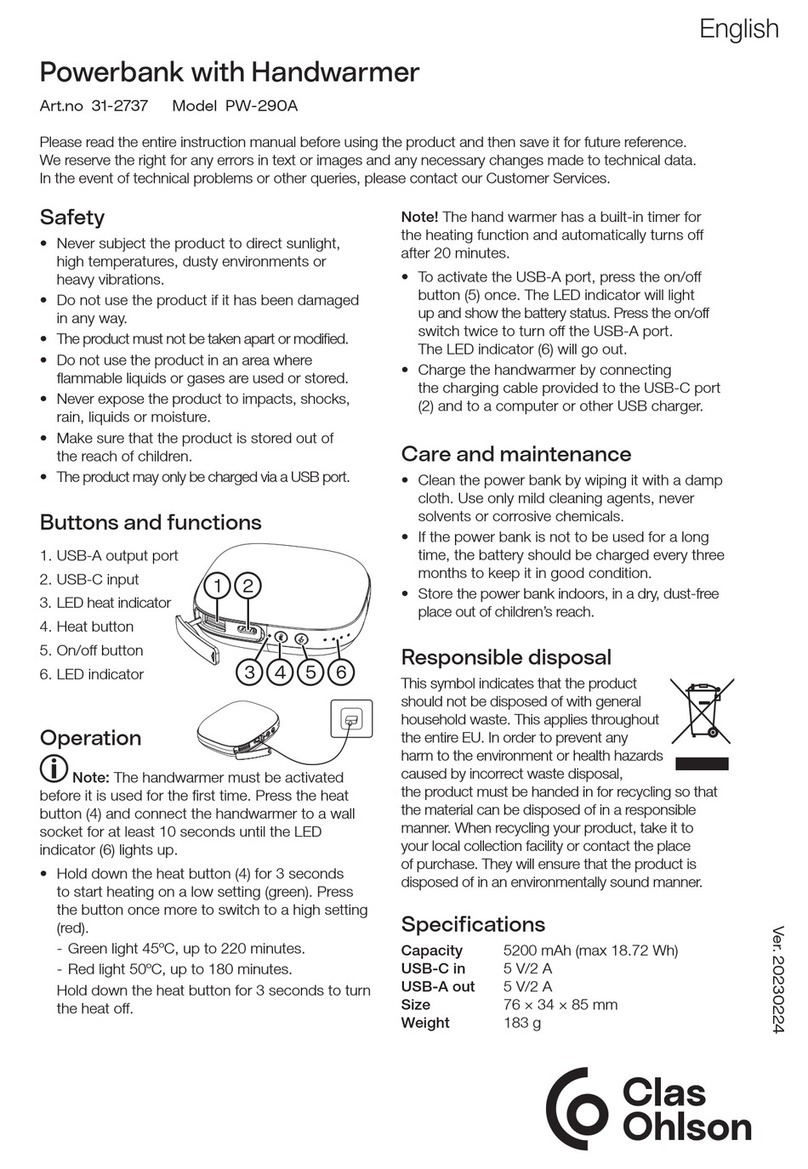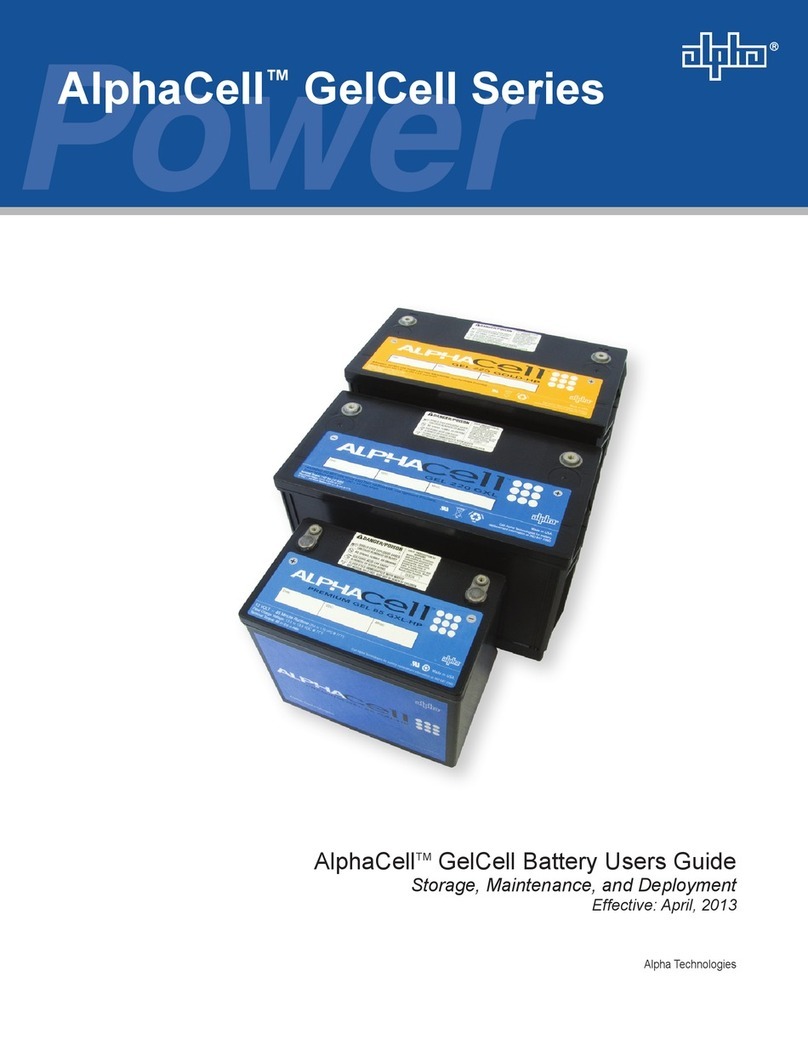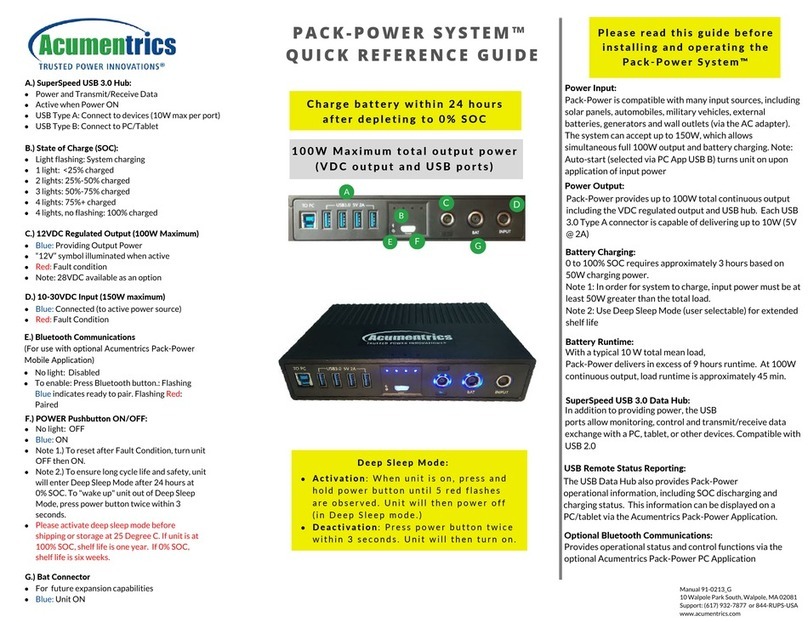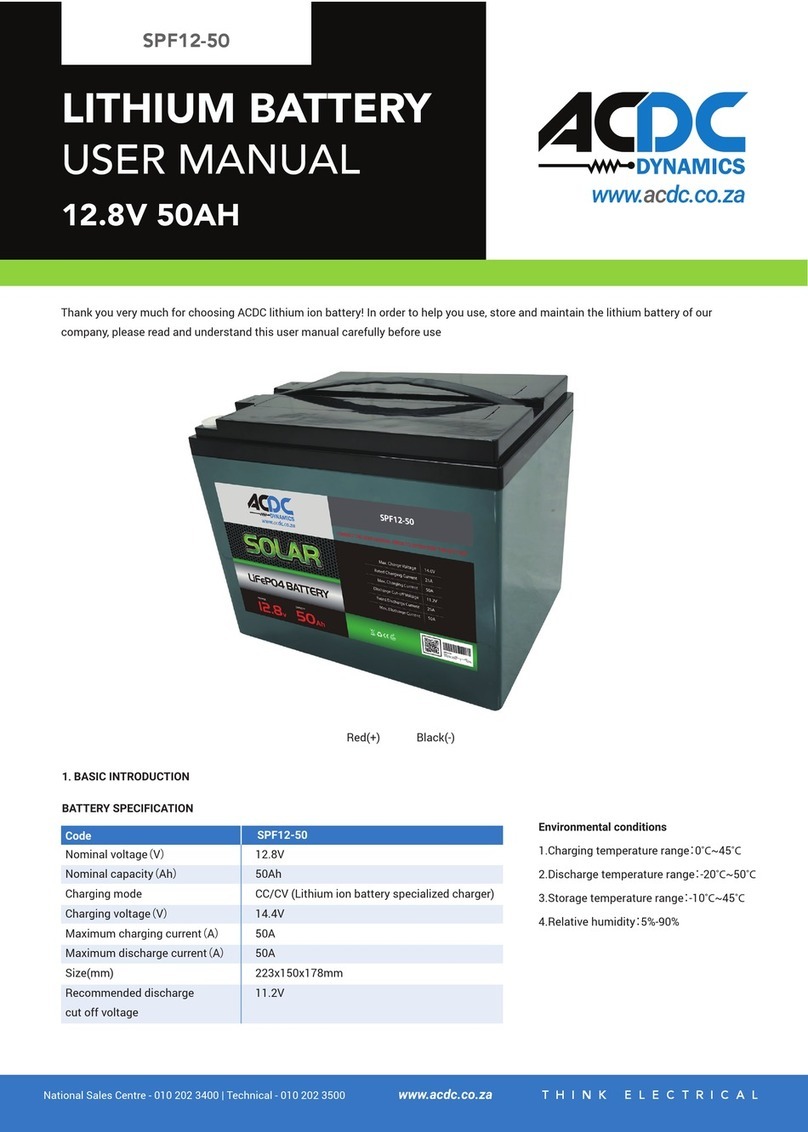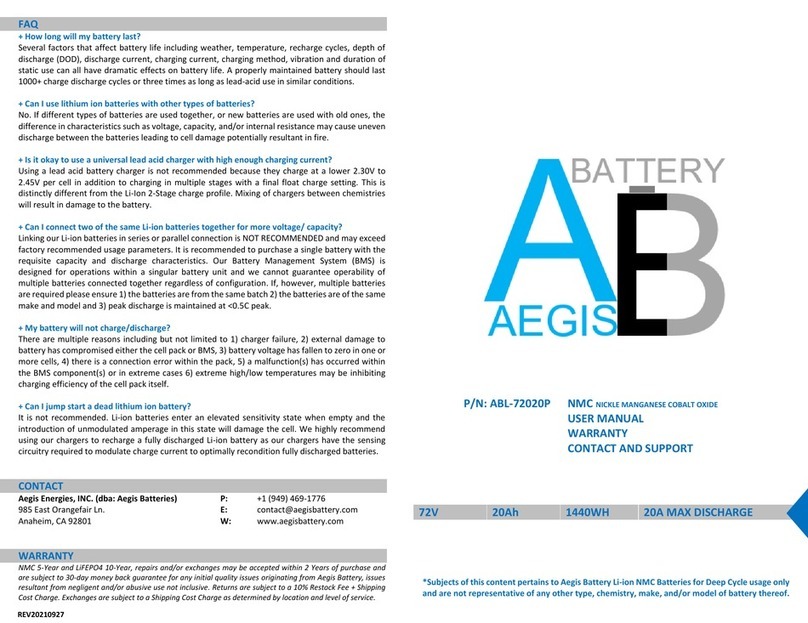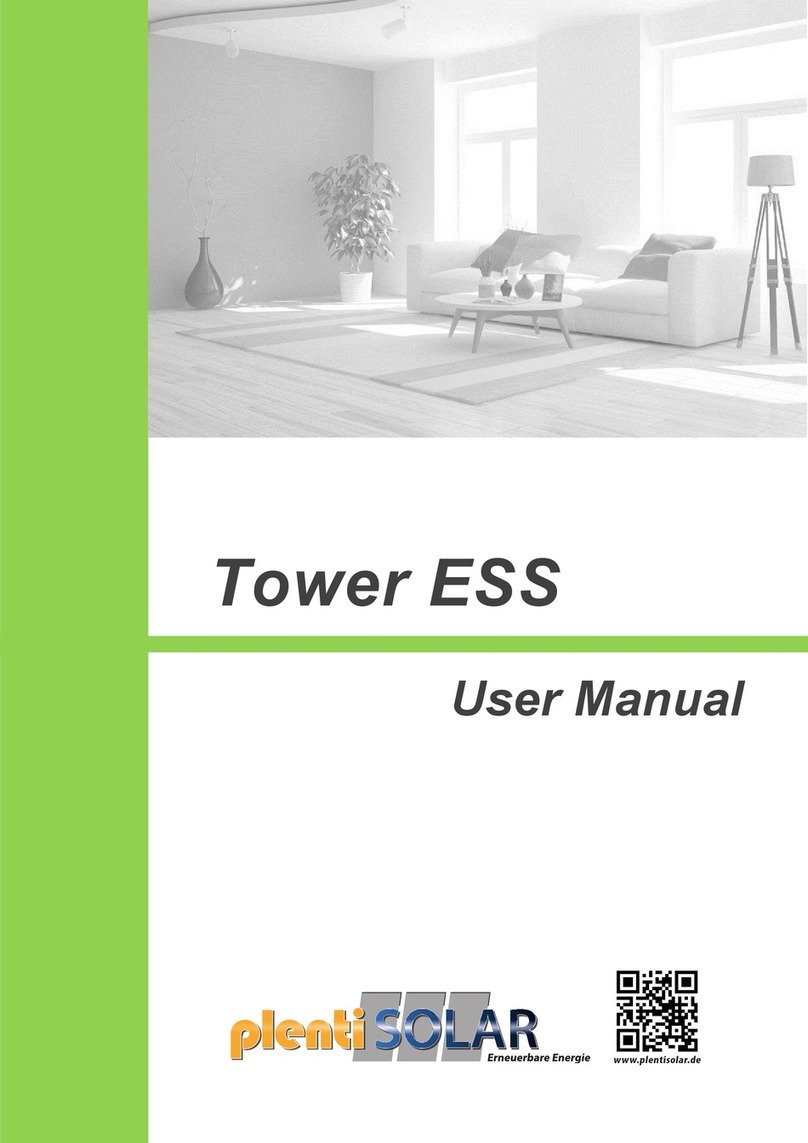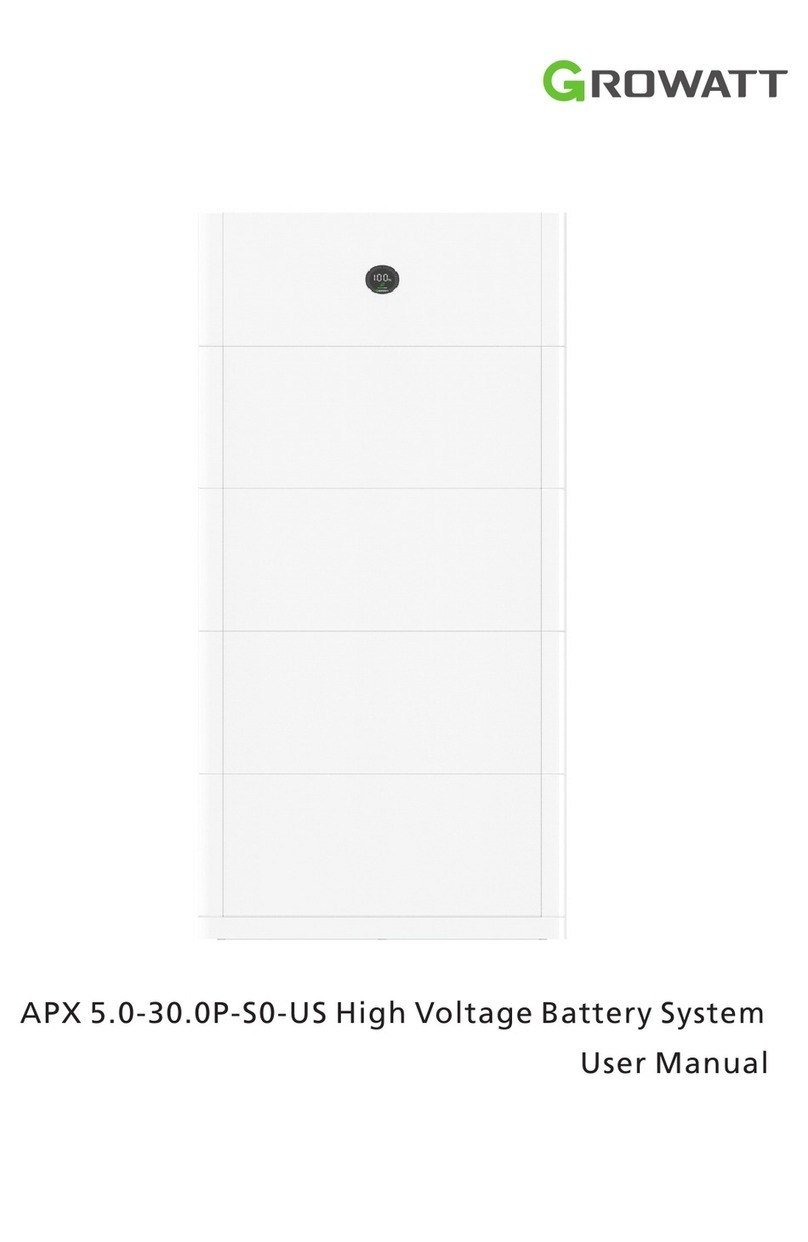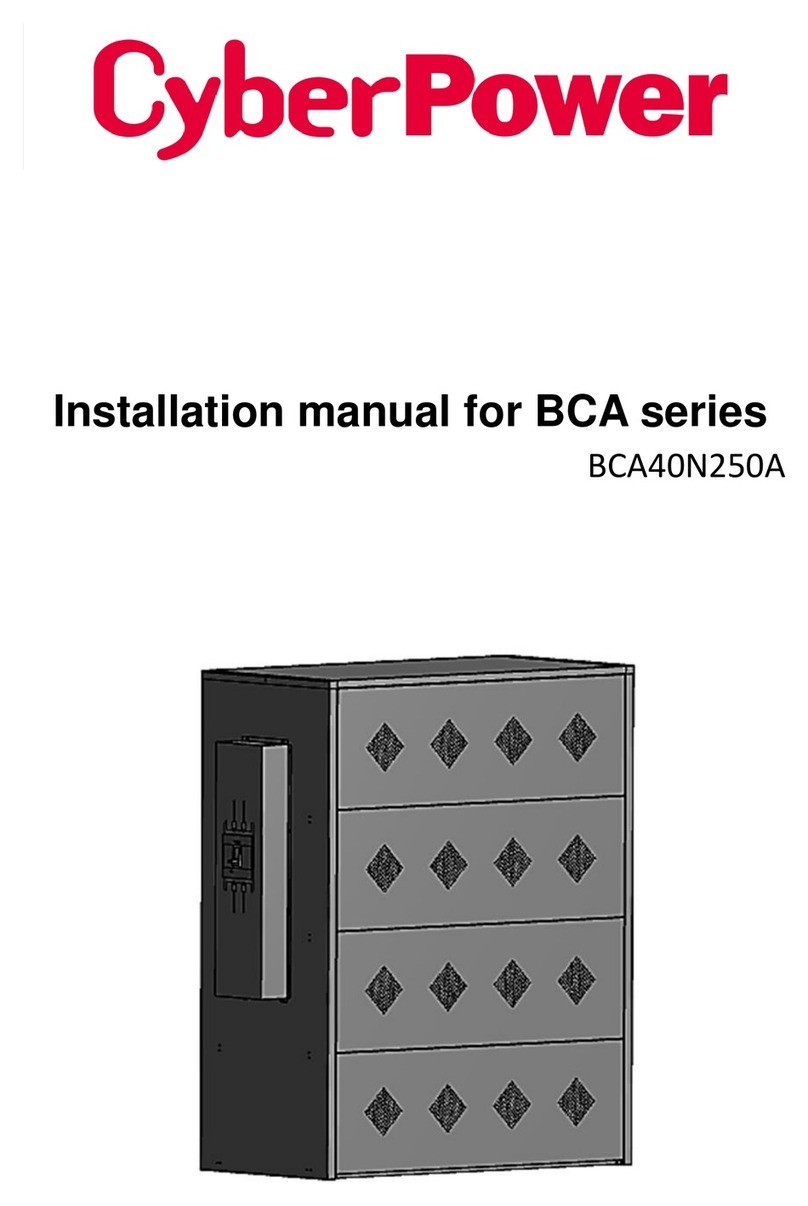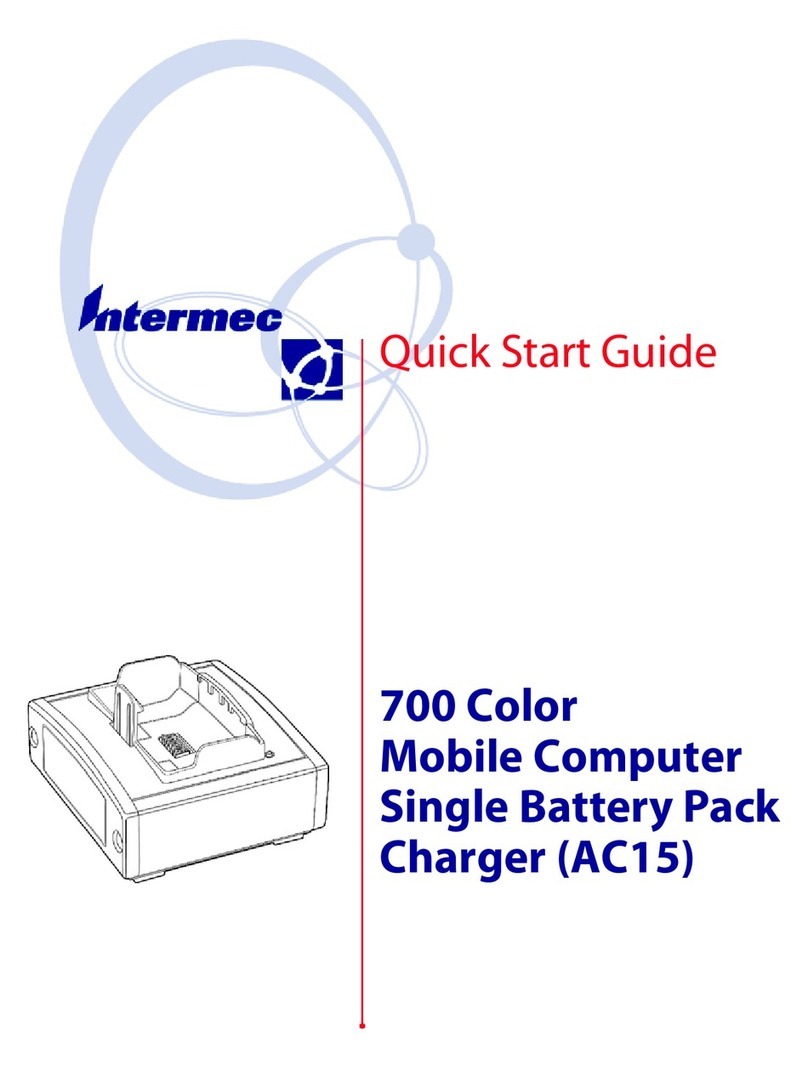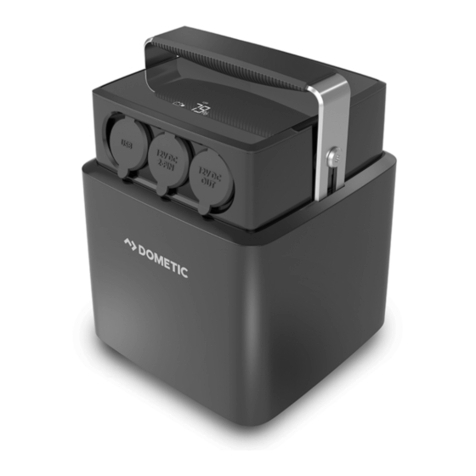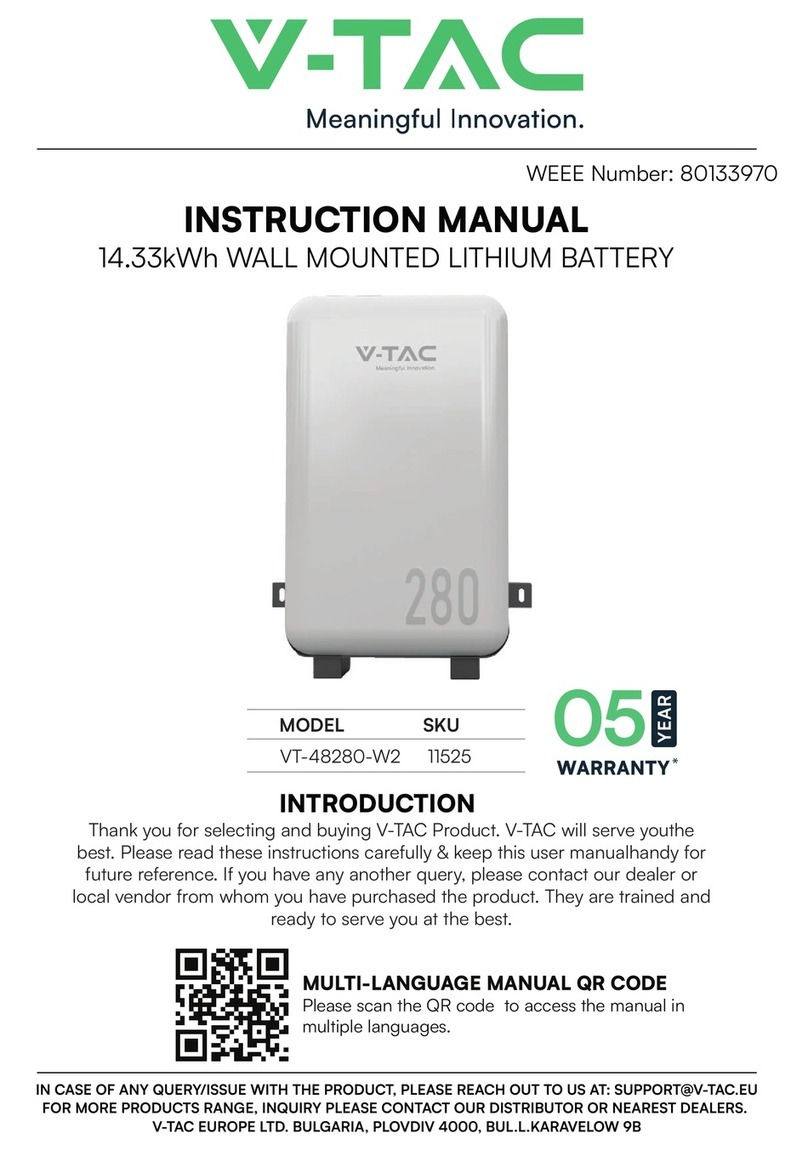
5
745-680-B10-001 Rev. A
Table of Contents
6.0 Charging ....................................................................................................................... 24
6.1 Constant voltage charge..................................................................................... 24
6.2 Charge acceptance............................................................................................. 25
6.3 Charge efciency ............................................................................................... 26
6.4 Temperature inuence ........................................................................................ 26
7.0 Commissioning ............................................................................................................. 27
7.1 Commissioning with constant current ................................................................ 27
7.2 Commissioning with constant voltage ................................................................ 27
8.0 Charging in operation ................................................................................................... 28
8.1. Two level charge................................................................................................ 28
8.2. Single level charge ........................................................................................... 28
9.0 Periodic Maintenance.................................................................................................... 28
Figures and Tables
Fig. 1, Design of an Alpha Lomain Ni-Cd pocket plate cell ................................................................. 10
Fig. 2, Detail of plate design .................................................................................................................11
Fig. 3, Battery Vent .............................................................................................................................. 12
Fig. 4, Exploded view, Battery vent ..................................................................................................... 12
Fig. 5, Smaller Capacity Batteries ....................................................................................................... 13
Fig. 6, Larger Capacity Batteries ......................................................................................................... 13
Fig. 7, Terminal cross-section.............................................................................................................. 14
Fig. 8, Electrode Strip .......................................................................................................................... 14
Fig. 9, Strips connected....................................................................................................................... 15
Fig. 10, NiCd vs. Lead-Acid performance as a function of temperature.............................................. 18
Fig. 11, Discharge curve of 45A x 4 KGL225P post-2224h Float Charge @ 50°C.............................. 18
Fig. 12, Battery life at higher temperatures as percentage of +25°C lifetime ...................................... 19
Fig. 13, Cycle life vs. depth of discharge as a percentage of rated capacity (20°C) ........................... 20
Fig. 14, Available 5-hour-capacity of 5 x KGM 140P after 15 hours charging at 1.43 V/pc at 30°C.... 25
Fig. 15, Total Discharge time 4:43h = 94% of nominal capacity.......................................................... 25
Fig. 16, Available 5-hour-capacity of 5 x KGL 665P after 15 hours charging at 1.43 V/pc at 30°C ..... 25
Fig. 17, Total Discharge time 4:15h = 85% of nominal capacity.......................................................... 25


